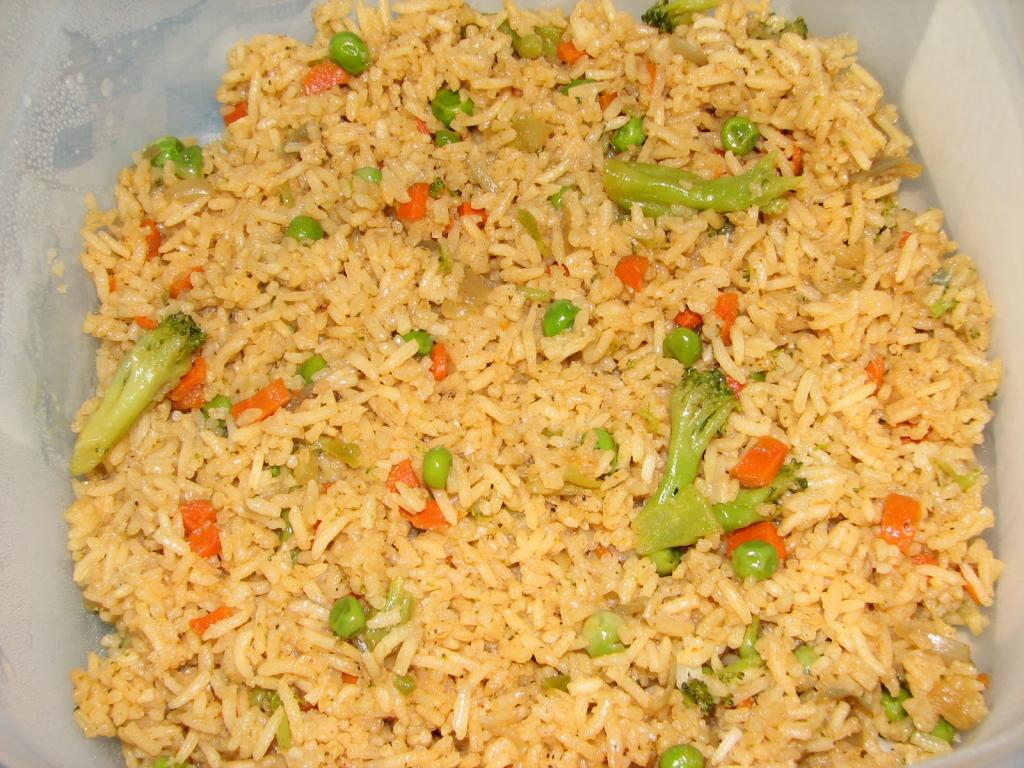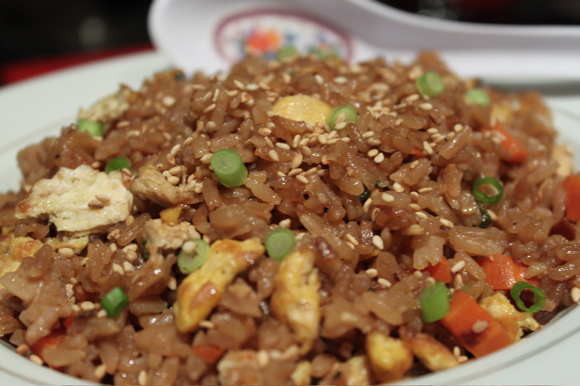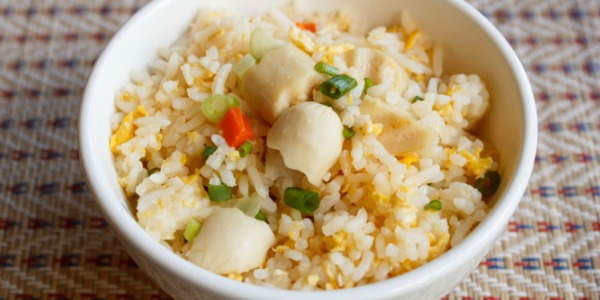source:- google.com.pk
Conjee is a type of rice porridge or gruel
popular in many Asian countries. When eaten as plain rice congee, it is most
often served with side dishes. When additional ingredients, such as meat, fish,
and flavorings, are added while preparing the congee, it is most often served
as a meal on its own, especially when one is ill. Names for congee are as
varied as the style of its preparation. Despite its many variations, it is
definitionally a thick porridge of rice largely disintegrated after prolonged
cooking in water.
Preparation
To prepare the dish, rice is boiled in a large
amount of water until it softens significantly. Congee can be made in a pot or
in a rice cooker. Some rice cookers have a "congee" setting, allowing
it to be cooked overnight. The type of rice used can be either short or long
grain, depending on what is available and regional cultural influences. Culture
also often dictates the way congee is cooked and eaten.
In some cultures, congee is eaten primarily as a
breakfast food or late supper; in others, it is eaten as a substitute for rice
at other meals.[citation needed] It is often considered particularly suitable
for the sick as a mild, easily digestible food.
Risotto
Risotto is a north Italian rice dish cooked in
broth to a creamy consistency. The broth can be derived from meat, fish, or
vegetable. Many types of risotto contain butter, wine and onion. It is one of
the most common ways of cooking rice in Italy.
Risotto in Italy is normally a primo (first
course), served on its own before the main course, but risotto alla milanese,
pronounced is often served together with
ossobuco alla milanese.
Rice Varieties:
A high-starch (amylopectin), low-amylose round
medium- or short- grain white rice is usually used to make risotto. Such rices
have the ability to absorb liquids and to release starch and so they are
stickier than the long grain varieties. The principal varieties used in Italy
are Arborio, Baldo, Carnaroli, Maratelli, Padano, Roma, and Vialone Nano. Carnaroli, Maratelli (historical Italian variety) and Vialone Nano are
considered to be the best (and most expensive) varieties, with different users
preferring one over another. They have slightly different properties. For
example, Carnaroli is less likely than Vialone Nano to get overcooked, but the
latter, being smaller, cooks faster and absorbs condiments better. Other
varieties like Roma, Baldo, Ribe and Originario may be used but will not have
the creaminess of the traditional dish. These varieties are considered better
for soups and other non-risotto rice dishes and for making sweet rice desserts.
Rice designations of Superfino, Semifino and Fino refer to the size and shape
(specifically the length and the narrowness) of the grains, and not the
quality.
Basic Preparation:
There are many different risotto recipes with
different ingredients, but they are all based on rice of an appropriate variety
cooked in a standard procedure.
The rice is first cooked briefly in a soffritto
of onion and butter or olive oil to coat each grain in a film of fat, called
tostatura; white or red wine is added and has to be absorbed by the grains.
When it has evaporated, the heat is raised to medium high and very hot stock is
gradually added in small amounts while stirring gently, almost constantly:
stirring loosens the starch molecules from the outside of the rice grains into
the surrounding liquid, creating a smooth creamy-textured liquid. At that point
it is taken off the heat for the mantecatura when diced cold butter is
vigorously stirred in to make the texture as creamy and smooth as possible. It
may be removed from the heat a few minutes earlier, and left to cook with its
residual heat.
Properly cooked risotto is rich and creamy but
still with some resistance or bite: al dente, and with separate grains. The
traditional texture is fairly fluid, or all'onda ("wavy, or flowing in
waves"). It is served on flat dishes and it should easily spread out but
not have excess watery liquid around the perimeter. It must be eaten at once as
it continues to cook in its own heat and can become too dry with the grains too
soft.
Healthy Rice Recipes Healthy Recipes for Kids for Weight Loss Tumblr for Two for Lunch for Christmas to Lose Weight with Ground Beef
Healthy Rice Recipes Healthy Recipes for Kids for Weight Loss Tumblr for Two for Lunch for Christmas to Lose Weight with Ground Beef
Healthy Rice Recipes Healthy Recipes for Kids for Weight Loss Tumblr for Two for Lunch for Christmas to Lose Weight with Ground Beef
Healthy Rice Recipes Healthy Recipes for Kids for Weight Loss Tumblr for Two for Lunch for Christmas to Lose Weight with Ground Beef
Healthy Rice Recipes Healthy Recipes for Kids for Weight Loss Tumblr for Two for Lunch for Christmas to Lose Weight with Ground Beef
Healthy Rice Recipes Healthy Recipes for Kids for Weight Loss Tumblr for Two for Lunch for Christmas to Lose Weight with Ground Beef
Healthy Rice Recipes Healthy Recipes for Kids for Weight Loss Tumblr for Two for Lunch for Christmas to Lose Weight with Ground Beef
Healthy Rice Recipes Healthy Recipes for Kids for Weight Loss Tumblr for Two for Lunch for Christmas to Lose Weight with Ground Beef
Healthy Rice Recipes Healthy Recipes for Kids for Weight Loss Tumblr for Two for Lunch for Christmas to Lose Weight with Ground Beef
Healthy Rice Recipes Healthy Recipes for Kids for Weight Loss Tumblr for Two for Lunch for Christmas to Lose Weight with Ground Beef
Healthy Rice Recipes Healthy Recipes for Kids for Weight Loss Tumblr for Two for Lunch for Christmas to Lose Weight with Ground Beef










No comments:
Post a Comment